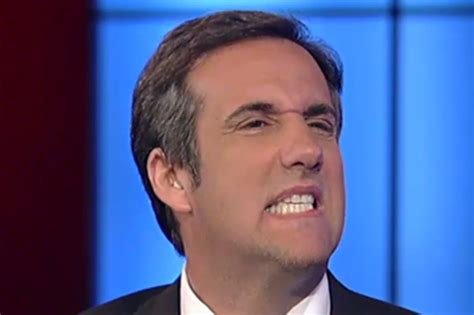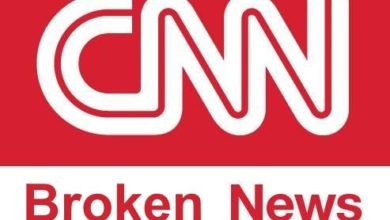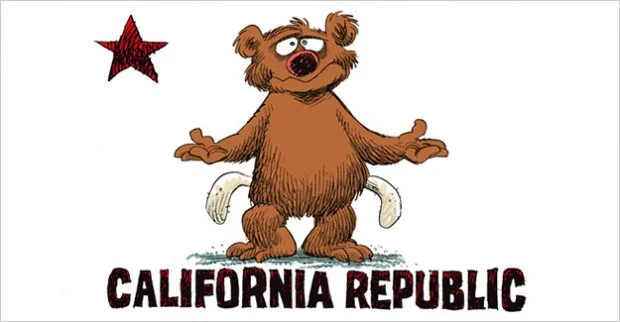What is the Trans-Pacific Partnership?
 While the Trans-Pacific Partnership (TPP) has been in the works for a decade, only recently has it become front-page news. What is it about the TPP that so many find objectionable?
While the Trans-Pacific Partnership (TPP) has been in the works for a decade, only recently has it become front-page news. What is it about the TPP that so many find objectionable?
What is the TPP trying to accomplish?
The TPP has been negotiated in near-secrecy for a decade so its exact aims are difficult to discern. Some key objectives have become public after materials were made public by infamous hacker organization WikiLeaks.
The agreement, in its current form, seems to protect the patents of large multi-nationals, creates an international tribunal that can order reparations on behalf of corporations and more.
Even better for global companies, the tribunal can order compensation for any lost profits found to result from a nation’s regulations. Philip Morris is using a similar provision against Uruguay (the provision appears in a bilateral trade treaty between Uruguay and Switzerland), claiming that Uruguay’s strong anti-smoking regulations unfairly diminish the company’s profits.
That tribunal we spoke of earlier can rule on corporation’s claims to be losing profits due to undue regulation. The nation’s may have little-to-no recourse. International law will over-rule.
Some oppose the international tribunal mentioned earlier because it be used by any participating nation’s companies to subvert regulations that Americans support. We don’t like horsemeat in our bologna or fox meat in our donkey meat (ok, that’s more a China thing, but you get the drift – and it could be our problem soon…) This pact could allow foreign companies to import unsafe or unsavory items into America – and U.S. consumers would never be the wiser. Heck, the foreign nations could petition the tribunal that U.S. regulations against fox, donkey, horse or … whatever meat are hurting their profits.  Awesome! Who wouldn’t want some creamed raccoon in a jar for their babies?
Awesome! Who wouldn’t want some creamed raccoon in a jar for their babies?
It could also allow U.S.-based multi-nationals to get around regulations by claiming harm in the international tribunal – thereby over-stepping regulations on just about everything.
Who is involved in the TPP?
As of today, the agreement is being formed by twelve nations: Australia, Brunei Darussalam, Canada, Chile, Japan, Malaysia, Mexico, New Zealand, Peru, Singapore, United States, and Vietnam.
What is the History of the TPP?
In 2002, New Zealand, Chili and Singapore began trade talks as the P3 (Pacific 3) at the Asia-Pacific Economic Cooperation Leaders’ Meeting in Los Cabos, Mexico. Brunei joined the negotiations in 2005 making it the P4.
Not until 2008 did the United States join discussions. President George W. Bush engaged the partnership to negotiate trade liberalisation on financial services. The first U.S. involvement in the negotiations was set to be at meetings in 2009.
Obama entered office in 2009 and announced that he was seeking a broader agreement. The 2009 conference was delayed until 2010.
At the 2010 conference, President Obama advanced a proposal to limit negotiations to completing by November 2011 – negotiations are still ongoing in 2015.
[adToAppearHere]
Why are the contents of the TPP so secret?
The question to worry all Americans – why are the specifics of the trade agreement being kept secret and why is Congress about to allow the President to negotiate a treaty without them?
There isn’t a benevolent reason anyone has come up with.
Sure, some defend the trade pact as a winner for unions, jobs, American exports, and making sure starving albino monkeys get their porridge.. or something. But that is the justification for pushing the agreement, not why it should be done in secret.
When governments do things in secret, it is either to conceal their intent from their enemies or to conceal the same thing from their own people. This isn’t about hiding anything from ISIS, Russia, North Korea or Iran – that leaves a taste in the mouth.. doesn’t it?
The administration, other nations and even analysts have offered no valid reason to keep the TPP secret, yet Congress (Democrat and Republican alike) are working to give the President fast track authority to approve the treaty – what could go wrong?
What is the Fast Track Authority Congress Wants to Give the President?
Fast track authority (aka Trade Promotion Authority) gives the President of the United States unilateral authority in negotiating a trade agreement.
Normally, Congress has amendment and filibuster capability that can be used to shape a trade agreement. With fast-track, they get only a “yes” or “no” vote – no adding or blocking amendments.. just vote one way or the other on the deal the President negotiates.
Born in 1974 in the Trade Act of 1974, it was advanced by a President consumed with power. In the end, the provisions it enacted did little to protect Americans, their jobs or their health.




TPA can be summed up in just 3 sentences;
1) Fast Track side steps proper legislative procedure to allow the president to write law (Congress can only rubber stamp the Trade Agreement bill – or reject it).
2) Fast track avoids the requirement that all bills must be made public thus maintaining secrecy of the agreements until Congress begins debate on them.
3) Fast Track makes it impossible to fully understand what is in a Trade Agreement (because of potentially thousands of pages of legal jargon) before it is passed, by a short time limit.
TPA is ILLEGAL! (no matter how long humans have committed murder precedence never applies to the law and neither does precedence ever apply to the Constitution!)
The Trade agreements can be defined by who is supporting them. Aside from big corporations and even bigger banks We see think-tanks like Transatlantic Policy Network, Brookings Institution, Aspen Foundation and a host of others AND the council on Foreign Relations pumping these trade agreements up. ALL of these are One World Government advocates; World Communism in other words!
Take note of the names of these agreement; “Transatlantic Trade and investment Partnerships” (TTIP) and “Trans Pacific Partnership” (TPP). Partnership is in both titles. Partnership is just a friendly word for Merger! The true intent of these partnerships is to merge our government with other national governments into Supranational government – THAT’s the big secret!
“Thus transatlantic economic integration, though important in itself, is not the end… As understood by Jean Monnet, (the acknowledge father of the EU) economic integration must and will lead to political integration, since an integrated market requires common institutions producing common rules to govern it.” – World Bank economist Dominic Ruiz Devesa, Freedom & Union (Streit Council).
“I will merely repeat that we are at present working, discreetly, but with all our might, to wrest this mysterious political force called sovereignty out of the clutches of the local national states of our world. And all the time we are denying with our lips what we are doing with our hands.” Arnold J. Toynbee, International Affairs, Chatham House 1931
Americans had better wake up! Our very independence and sovereignty is at stake!
Well said……Sure seems that ‘true colors’ are showing for the most unlikely supporters…I’m sure disappointed.